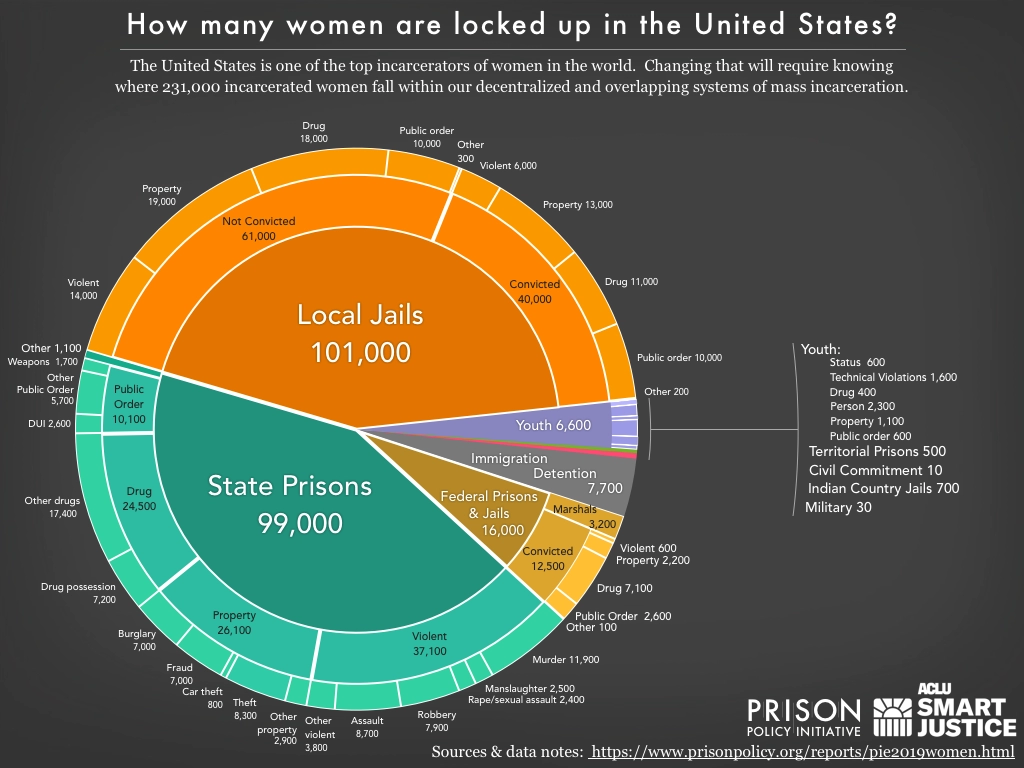Neuroscience Overview

If your school does not have a journal club, start one!
The UIC 2-hour seminar course on journal readings is an outstanding Bio / Neuro class to take if you would like an overview of the mechanics, experimentation, literature style, and equipment used in neuroscience. Each fortnight throughout the semester was spent on discussing a pair of articles: a review + an experiment article with figures. A subject expert, fellow, or post-doc would lead the discussion and walk us through how the results of an experiment were significant. It is better to go in with a bio / neuro prerequisite - or, if you can, just read a whole lot of science real quick...
Personally, I went in with NEUROLINGUISTIC questions. Right-left logic and art dichotomy, language, why or how thought precedes the miracle of speech, early age plasticity of the brain, a scientifically grounded understanding of action potentials, and an opaque visualization of the fundamental parts of the brain… labyrinthine ideas floated around before coming into this first neuro-science class at UIC… I felt I could bridge linguistics, psychological development and neuroscience- but what exactly does that mean, neuroscience? This class contributed to unraveling how the grand divisions of modern brain research come together…
Gleaned from the epi-structure of Neuroscience seminar:
presented topically, through research articles…
1
Topics within neuroscience: how they relate to the psych- bio- medical- and technologically interdisciplinary nature of the field
From the very first in depth reading regarding the locus of aggression in the VMThalamus-vl subdivision, a torrent of ideas became clear: currently ‘this’ is how scientists researched concepts, designed their experiments, outlined hodologies, produced and critiqued scientific research. (catFISH, c-fos proteins, histology, bregma, optogenetic activation, adeno-associated viral vectors, channel rhodopsin-2, C. elegans ivermectin IVM-gated chloride channels to ‘silence’ aggression…). Digging into every word in every article that did not make sense opened scores of doors and intersecting pathways that connected my informal readings of biology in the last decade. It was a thoroughly stimulating experience.
Each paper did the same: what is AMPA, progesterone, signal attenuation; how does one create a measure for sexual receptivity? How do scientists create sectional image maps, Western blotting, Rastor plots; why do they do it? Does not Resting State Functional Connectivity become a barometer for hallucinogenic activity, signal variance, integrity, and segregation? Beautifully, the LSD experience lends us an understanding as to how the synesthetic brain might operate ‘normally.’ If the out-pouring literature clearly establish microbiota as neuro- developmental and behavioral regulators, how might neurodegenerative diseases and psychiatric ailments be treated? Where will the future of medicine take us? And finally, if addiction is based on an unfulfilled dopaminergic need, how can we mice-model and mitigate against this?
2
The parts and functions of the brain as they work in unison: anatomy, hodology, and homeostasis
About a decade ago, it may not have been surprising to hear a biology teacher say: the CNS, and especially the brain lack specialized immune response cellular structures. Today, our neuronal cell body, axonal, microglial, neuro-transmitter pre- and post-synaptic collection, release, and reabsorption, PFC, HT, VMT, NA, SN anatomies, homeostasis and hodologies are infinitely more refined. How do the various parts of the brain function together for humans to realize bio-physical experiences with the external world? How the periphery, the gut, and our motor and sensory relay communication to the CNS, via the vagus nerve, the limbic systems, and a myriad other filtering processes that transform a split second of real life into 10 pages of science that describes the awesome super-computing powers of our brains…
Complicating this are the gates, channels, (dis-/ inhibiting) negative & positive loops, microsecond cascades of protein processing, visualizing, listing, phosphorylating, altering, and mapping metabolic, protein, and neural precursors… each neuron cell’s functional differentiation… and the list would not stop, with strands of thought and fragments of important details that help resolve the enigma of our organ of intelligence. It is exciting to imagine where bioinformatics, mapping the microbial genetic code, and increasingly sophisticated experimental techniques will take neuroscience.
3
Laboratory techniques within neuroscience:
how brain imaging is used in research, other lab-animal procedures, and interpreting the results
Experimental designs and learning how to critique them through questions was elegantly designed into this seminar. Why mice, and how? The astute reader is now weary of ‘statistical significance’ and design, data presentation, and extrapolation details – before accepting conclusions wholesale.
Therefrom….
What is cellular compartment analysis of temporal activity by in-situ fluorescent hybridization? Why is cannulation and VSC surgery done to calibrate hormonal influx within mice brains? What is the difference in data-output between f-MRIs and magnetoencephalography? How do both datasets with subjective questionnaires help establish empirical claims for LSD-based hallucinogenic activity and prove the synesthetic experience? What are alpha, beta, theta, delta, and P3a waves? How do short-chain fatty acids help establish a mechanistic argument for the motor dysfunction of the Parkinson’s disease endophenotype… etc.
In the end, I am grateful to all the instructors that helped enrich this intensive immersion experience. If not for the incredible depth each personally brought into the class, their own extensive understanding of laboratory work, and the careful selection of materials to be covered - this adventure could not have been possible.
May all of our scientific journeys continue to meander through the mysteries of God’s work; may we continue to marvel at nature, and better understand our fellow men.


















